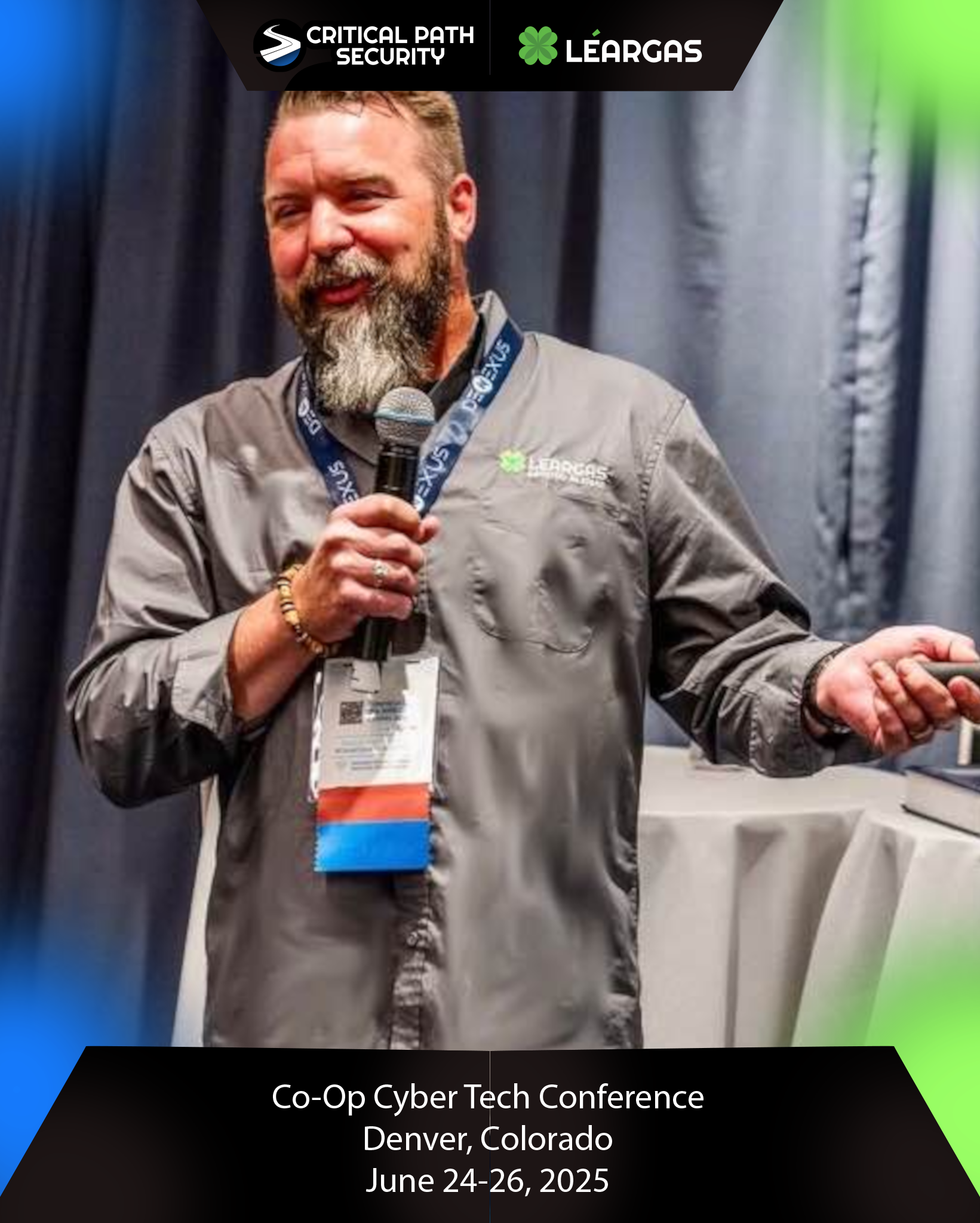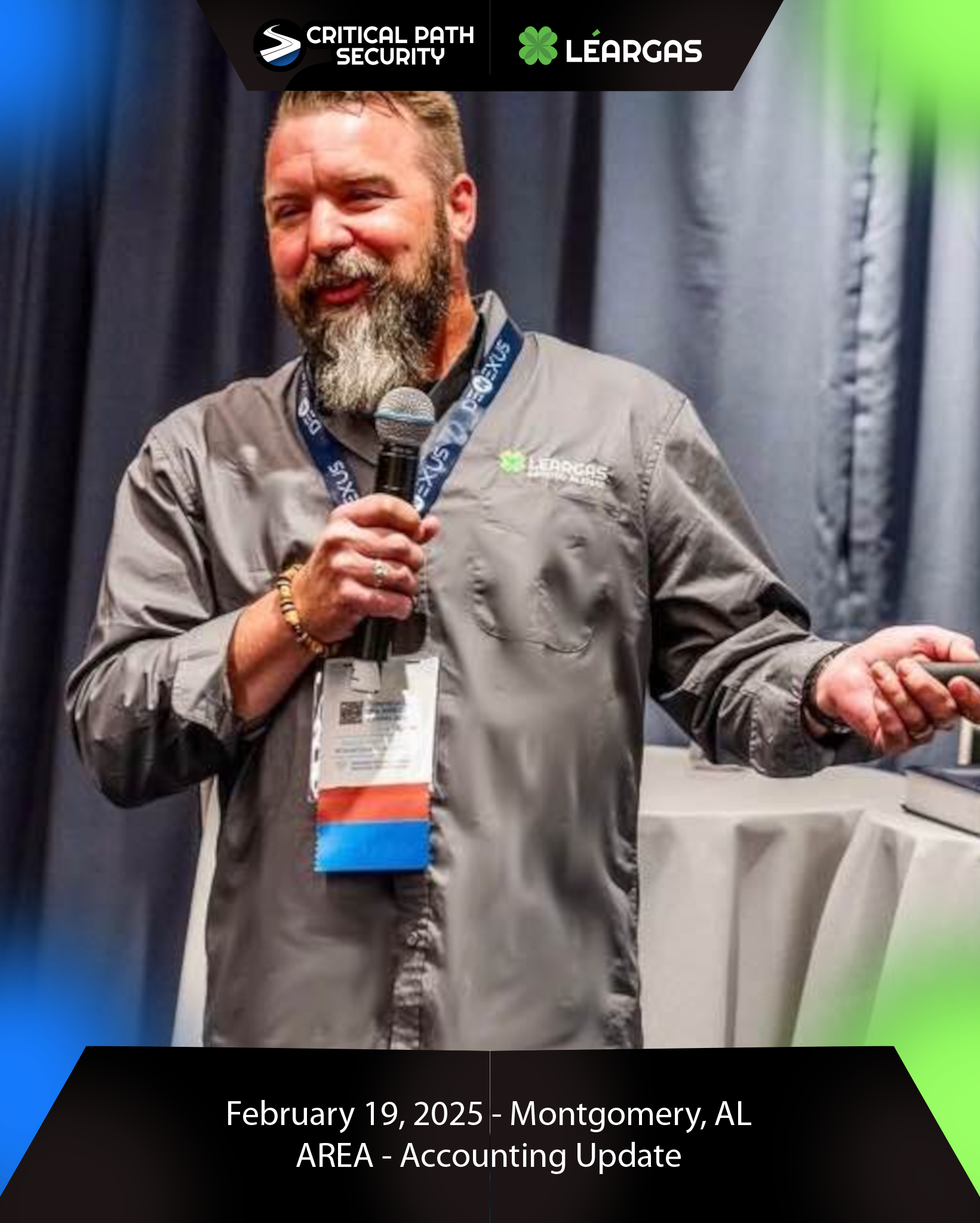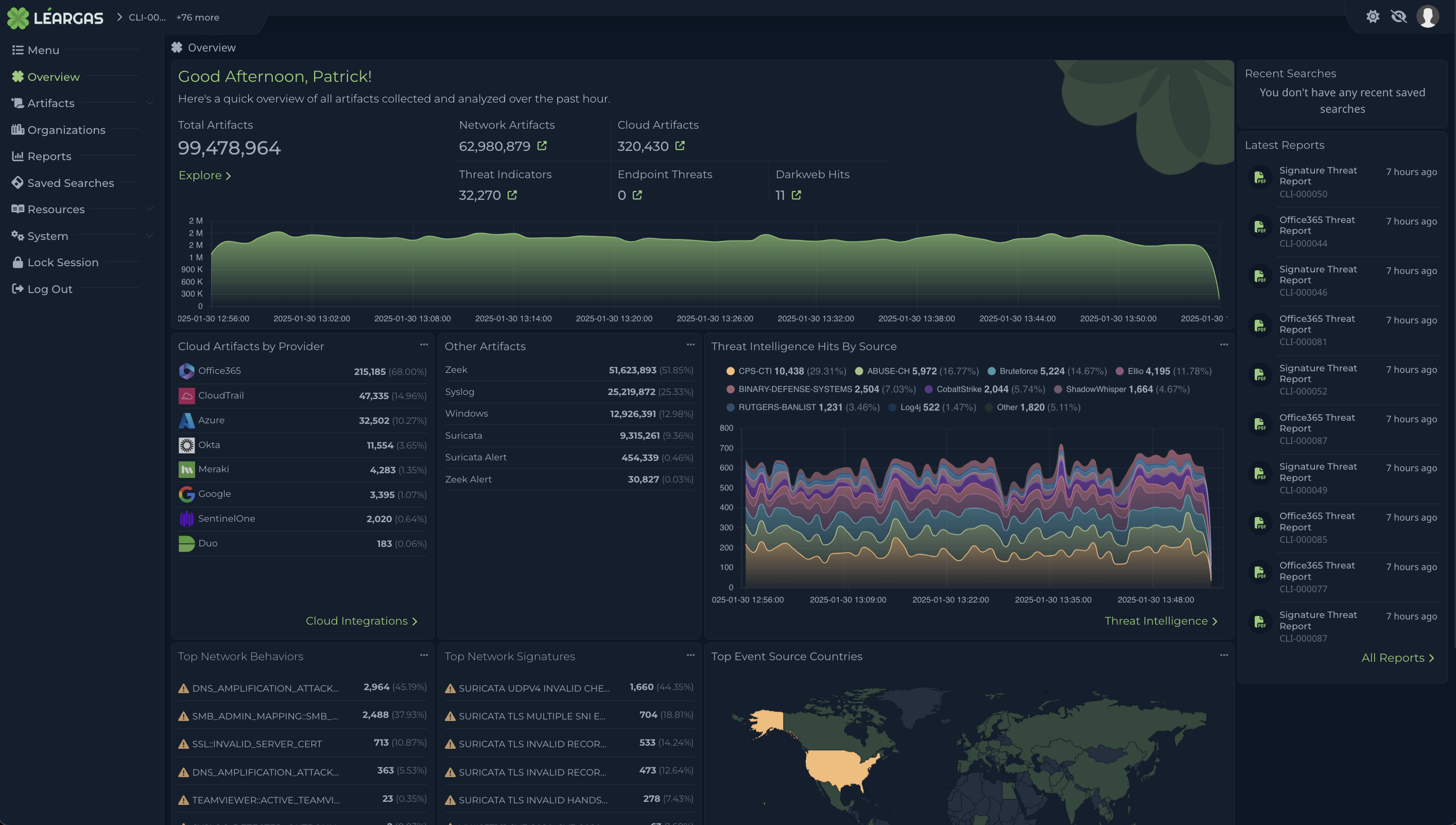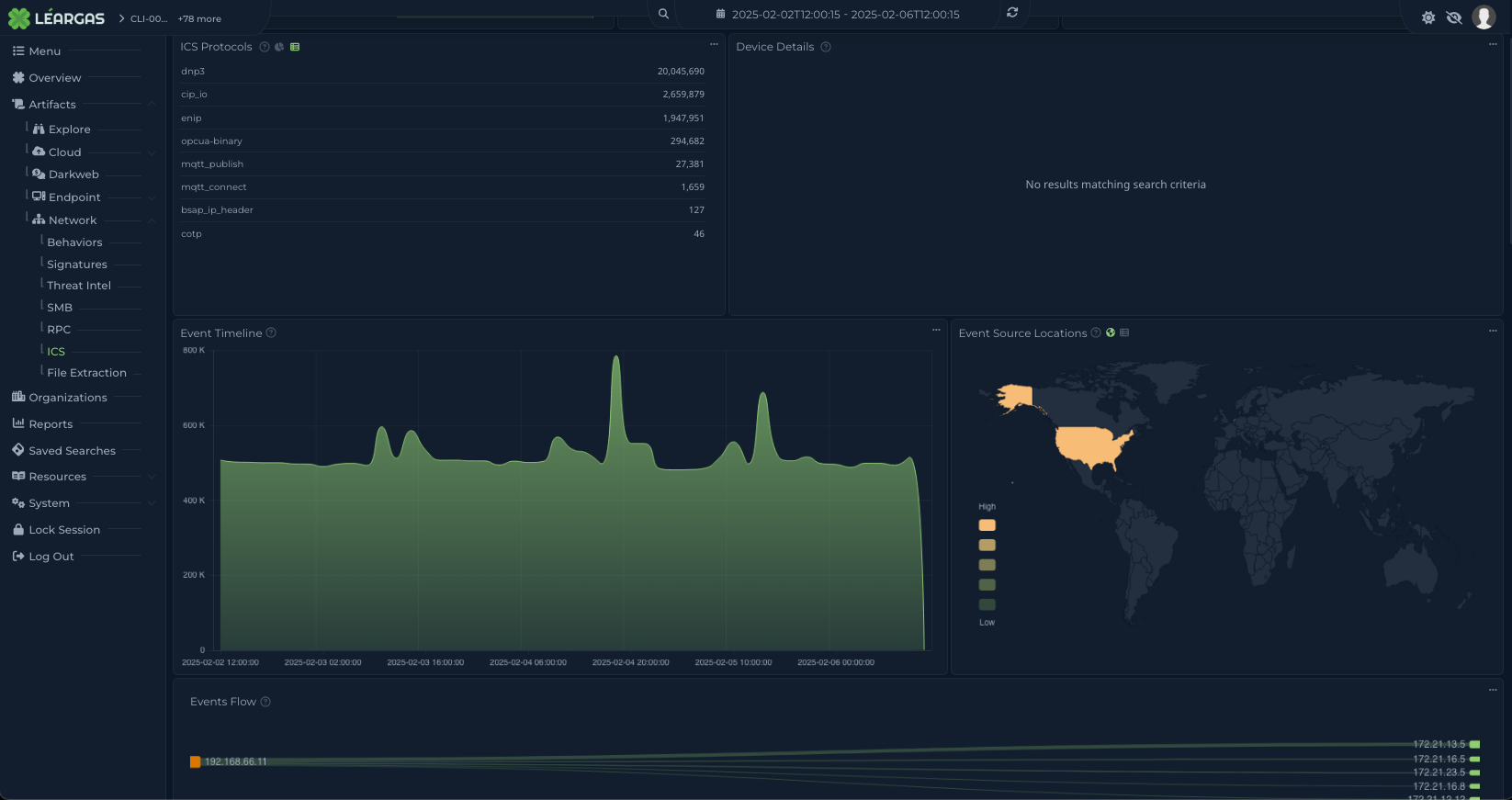We’re thrilled to share some exciting news! Our very own Patrick Kelley has been selected to speak at the upcoming 2025 Co-op Cyber Tech conference, taking place June 24–26 in Denver, Colorado, at the Hyatt Regency Denver at Colorado Convention Center. This conference brings together cybersecurity professionals from around the globe for three days of in-depth discussions, workshops, and networking opportunities—and we’re honored that Patrick will be part of the speaker lineup.
Patrick’s session, “Mental Health in Cybersecurity: Leveraging the Maslach Burnout Inventory (MBI),” tackles one of the most critical but often overlooked issues in our field: the toll that high-stakes cybersecurity work can take on mental well-being. By utilizing the MBI—an industry-standard tool for measuring occupational burnout—cybersecurity teams can better identify and address the unique pressures they face, such as intense workloads and the need for around-the-clock incident response.
Why This Topic Matters
Cybersecurity professionals operate in fast-paced, high-pressure settings where attacks can escalate quickly. The constant vigilance and rapid-fire problem solving that keep our digital world safe can also lead to stress, fatigue, and burnout if not managed properly. Patrick will explore how the Maslach Burnout Inventory offers a structured way to evaluate burnout risk and implement targeted solutions that keep cybersecurity teams both motivated and mentally healthy.
What to Expect from the Session
- A Deep Dive into the MBI: Understand how the Maslach Burnout Inventory can be used to gauge burnout levels, pinpoint causes, and track improvements over time.
- Early Detection and Prevention: Learn how to spot the warning signs of burnout in yourself and your team before they escalate.
- Practical Interventions and Strategies: Discover evidence-based methods to foster a healthy work environment and build resilience against stress.
- Case Studies and Real-World Stories: Hear examples of how cybersecurity practitioners have implemented wellness initiatives to maintain a high-performing culture.
Join Us in Denver
If you’re heading to the 2025 Co-op Cyber Tech conference, be sure to reserve a spot for Patrick’s session. By shedding light on the psychological aspect of cybersecurity work, Patrick aims to equip organizations with the tools needed to support their teams effectively.
At Léargas Security, we believe that caring for our people is essential to delivering top-tier cybersecurity services. That’s why we’re especially proud to see Patrick champion this crucial topic on a global stage. For those who can’t attend in person, we’ll share follow-up materials and insights after the conference, ensuring everyone has access to these valuable takeaways.
Feel free to reach out if you have any questions or want more details about Patrick’s talk or our work at Léargas Security. We look forward to connecting with the cybersecurity community in Denver—and to continuing our mission of protecting both digital assets and the well-being of the teams who safeguard them every day.
Stay tuned for more updates—and congratulations to Patrick on this exciting opportunity!
—
Léargas Security – Illuminating the Path to Cyber Defense.






